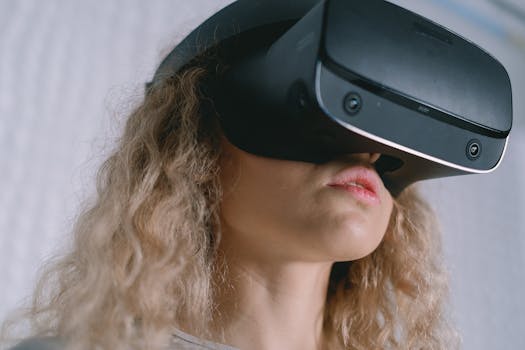
The Future of Wearable Tech: Innovations to Watch in 2025
The Future of Wearable Tech: Innovations to Watch in 2025 is an exciting and rapidly evolving field that is transforming the way we live, work, and interact with our surroundings. With the increasing demand for smart and connected devices, wearable technology has become a crucial aspect of our daily lives. From smartwatches and fitness trackers to augmented reality glasses and smart jewelry, the range of wearable devices is vast and diverse.
Introduction to Wearable Tech

Wearable technology refers to electronic devices that are designed to be worn on the body, either as an accessory or as a part of our clothing. These devices are equipped with sensors, microchips, and other technologies that enable them to collect and process data, track our activities, and provide us with valuable insights and feedback. Wearable devices have become increasingly popular in recent years, with millions of people around the world using them to monitor their health and fitness, stay connected with friends and family, and access a wide range of information and services.
Current Trends in Wearable Tech

One of the current trends in wearable technology is the increasing focus on health and wellness. Many wearable devices, such as fitness trackers and smartwatches, are equipped with sensors that can track our physical activity, heart rate, and other vital signs. These devices can also provide us with personalized recommendations and guidance to help us improve our health and fitness. Another trend is the growing popularity of smartwatches, which offer a range of features and functions, including notification alerts, music control, and mobile payments.
Future Innovations in Wearable Tech

As we look to the future, there are several innovations that are expected to shape the wearable technology industry. One of the most exciting developments is the emergence of augmented reality (AR) glasses, which have the potential to revolutionize the way we interact with information and our surroundings. AR glasses use a combination of cameras, sensors, and displays to provide us with a virtual overlay of information, which can be used for a wide range of applications, including navigation, education, and entertainment.
Another innovation that is expected to have a significant impact on the wearable technology industry is the development of advanced biosensors. These sensors have the ability to track a wide range of physiological parameters, including blood glucose, blood pressure, and brain activity. They can also be used to detect diseases and health conditions, such as diabetes, heart disease, and Alzheimer’s disease.
Conclusion
In conclusion, the future of wearable technology is exciting and full of possibilities. With the increasing demand for smart and connected devices, wearable technology has become a crucial aspect of our daily lives. From smartwatches and fitness trackers to augmented reality glasses and smart jewelry, the range of wearable devices is vast and diverse. As we look to the future, there are several innovations that are expected to shape the wearable technology industry, including the emergence of AR glasses, advanced biosensors, and other cutting-edge technologies.




